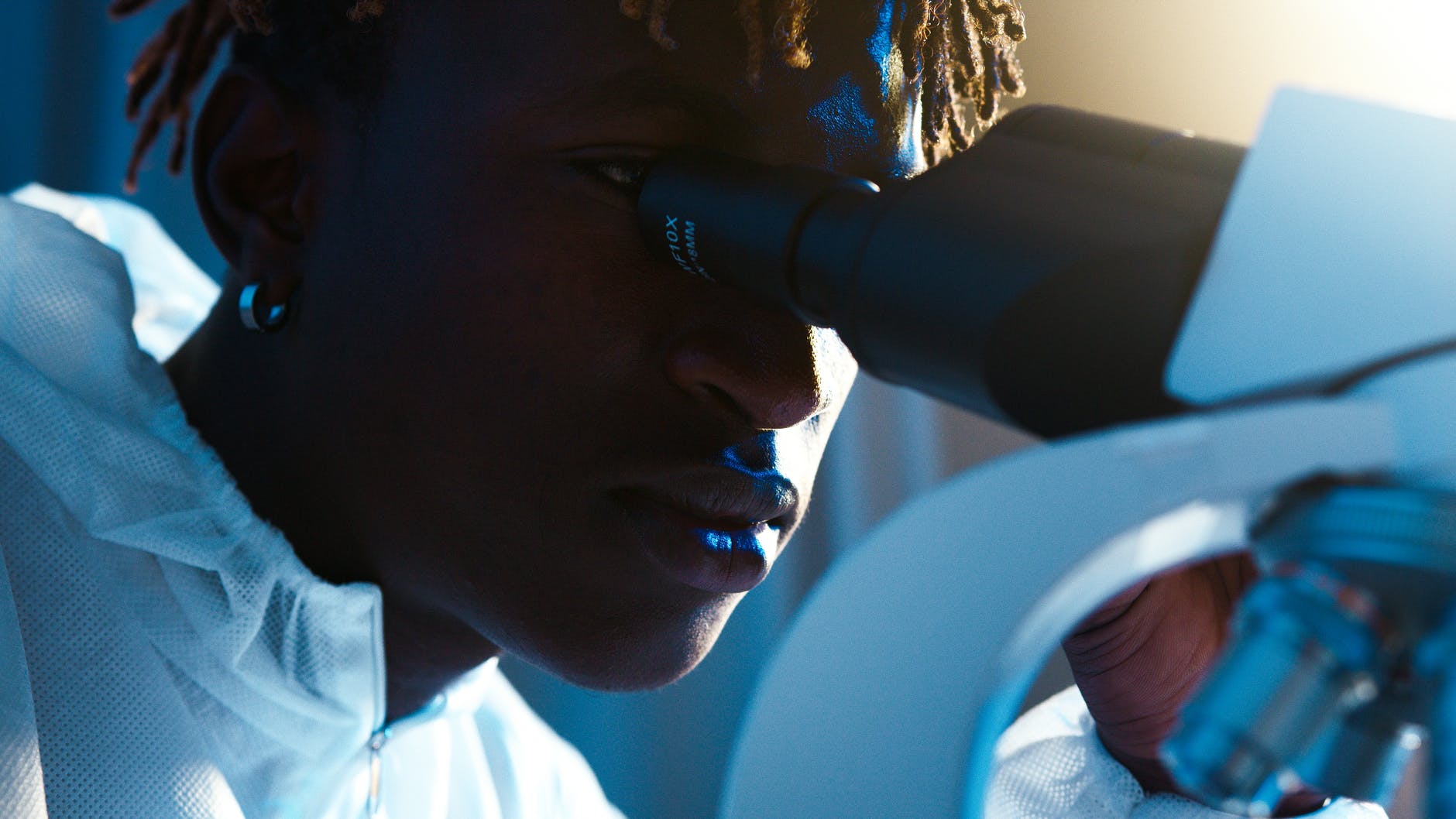
Medicine is both an art and a science. On this site, the best diagnosis comes from objective tests. In objective testing, humans cannot bias the results through subconscious cues, which even well-trained specialists can give. Brains supporting brains does not occur during objective tests as the specialist is not near the client during the testing. And objective tests do not depend on subjective answers to symptom-type questions.
Objective tests look directly at the brain through electrodes and computers, or through various scanning methods that may or may not rely on radioactive tracers and are interpreted by computer and the radiologist. Methods that measure brainwave activity rely on human understanding of the computer results but less so than scans do on the ability of radiologists to interpret scans. Thus, it’s important that the radiologists have a proven track record in interpreting results.
For example, my diagnosing psychiatrist worked with only one radiologist because he trusted his expertise in interpreting SPECT scans.
In contrast, the current standard method of asking questions and neuropsychological tests for diagnosis relies on subjective reporting by the injured individual whose perceptions may blind them to their symptoms or to the extent of their symptoms or whose memory may be so damaged that they can only guess at the answers; and on subjective symptoms and the cultural and racial biases inherent in test design.
Symptoms point to possible causes, but the same symptoms can arise from multiple causes. Specialists doing a differential diagnosis will be influenced by their subconscious or conscious prejudices. Sexism, racism, ableism, and other prejudices will enter into the equation no matter how well intended the specialist. Diagnosing through symptoms doesn’t look at actual brain activity.
Medicine is also an art.
We have a lot of knowledge about the brain but know very little.
That’s where art comes in.
“The expression or application of human creative skill and imagination.”
Dictionary
A specialist with good artistic skill in medicine can use their ingenuity and imagination to see what objective tests are telling them and into the experience of the person with brain injury so as to provide a reassuring diagnosis and devise an effective treatment plan. Reassuring here doesn’t mean saying you have no brain injury. Instead, reassuring here means saying I can see your injury in how you present and I can see the injury itself in these test results. And you can see them, too. There are answers to your troubles. You’re not making things up, exaggerating, assigning blame to an injury for something unrelated. You have a brain injury. Now that we can see the specifics of it, we can help you heal.